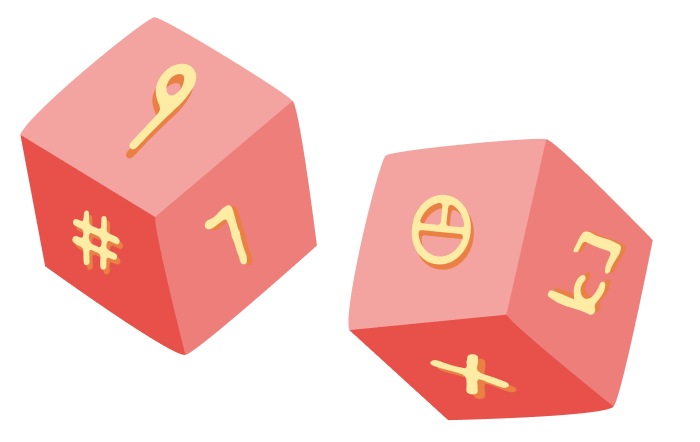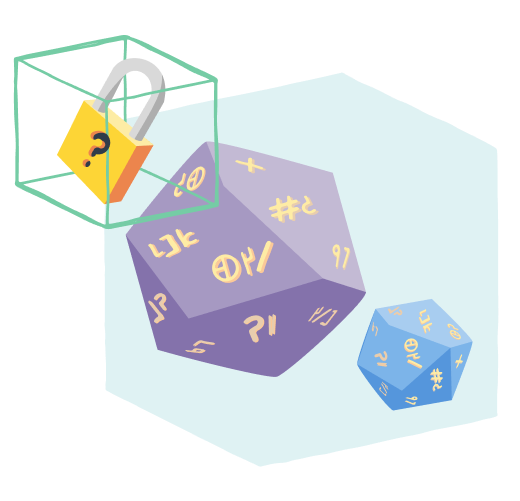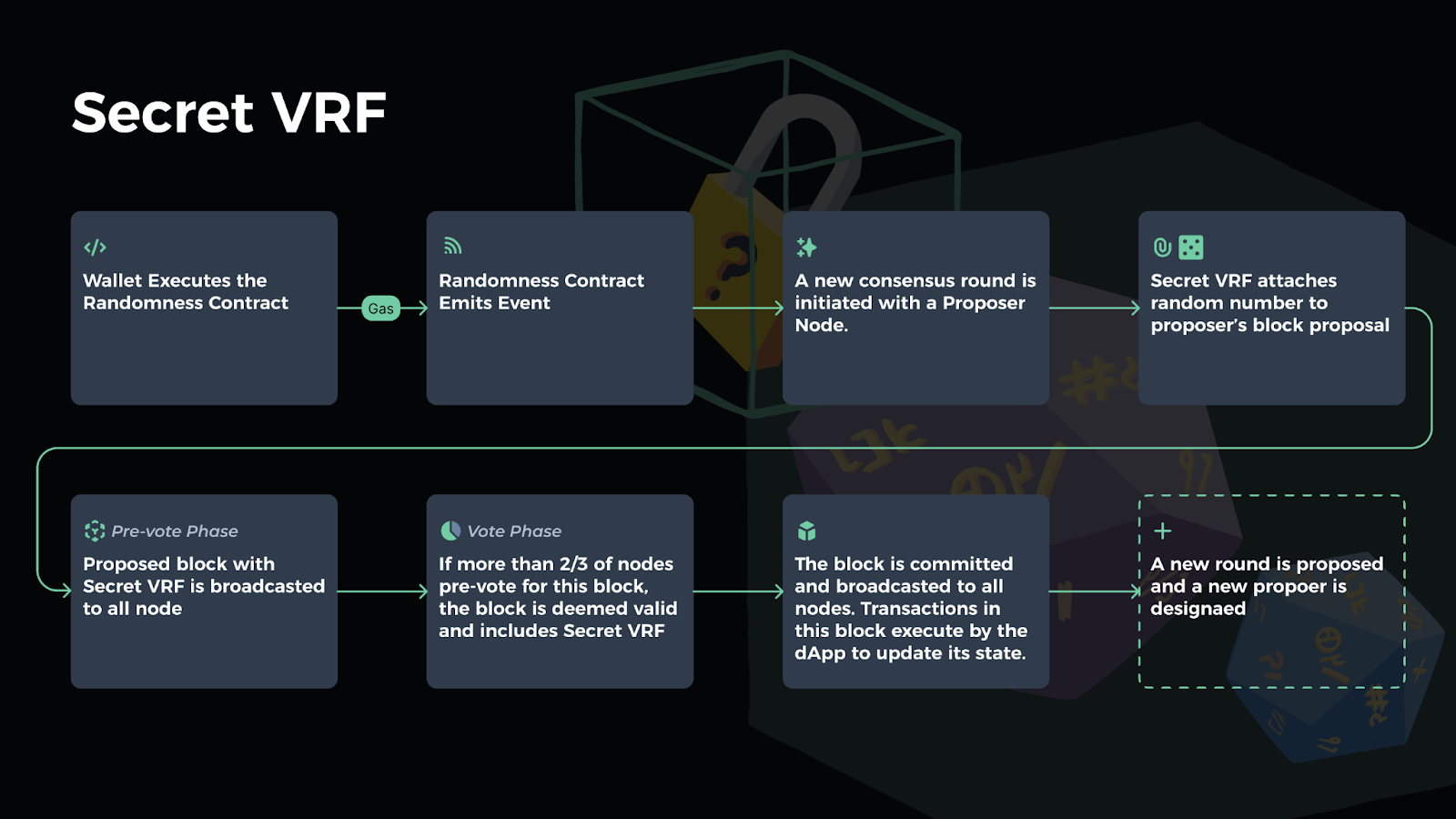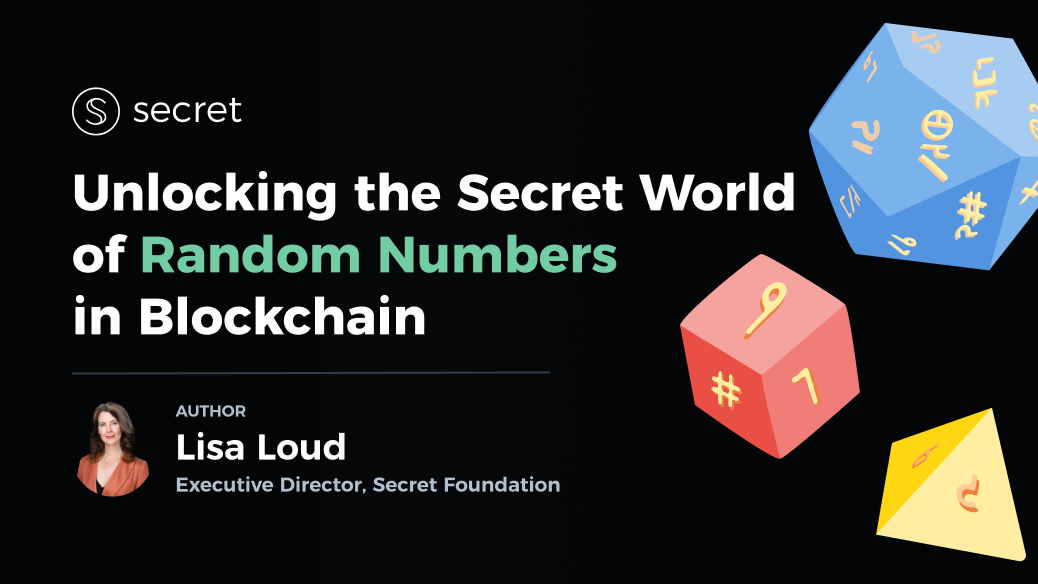Blockchain technology has brought about revolutionary changes in various aspects of our lives. However, when generating truly random numbers, the situation becomes iffy. Mechanisms such as “Proof of Work” and “Proof of Stake,” while crucial for maintaining the integrity of the blockchain, fall short of providing genuine randomness. So, how do we unlock a reliable and verifiable source of randomness within the blockchain? Enter Secret Verifiable Random Function (VRF) – Secret Network’s Random Number Generation (RNG) – an innovative solution that adds a touch of magic and mystery to the blockchain world. In this exploration, we will delve into the challenges of generating random numbers in blockchain, explore the unconventional applications of randomness in our daily lives, and discover how Secret Network’s VRF brings a sprinkle of enchantment to the blockchain scene.

Why Generating Random Numbers on the Blockchain is Like Herding Cats
In the blockchain universe, where determinism reigns supreme, generating random numbers can be like herding cats. Traditional mechanisms like “Proof of Work” and “Proof of Stake” produce deterministic outputs, leaving us with a pale imitation of true randomness. We know it’s not real – real randomness is the spice of life, and without it, blockchain applications become as predictable as a mime trapped in an invisible box.
Imagine relying on pseudorandom number generators (PRNGs) for critical functions. It’s akin to asking a computer to roll dice only to discover it’s using loaded dice bought on Amazon. Trusting these digital dice is equivalent to trusting that used car salesperson he’s telling you the truth, the whole truth, and nothing BUT the truth. We still recall the chaos that unfolded when hackers exploited a pseudorandom number generator to breach Sony PlayStation security in 2011. It turns out that trust isn’t always the best strategy when it comes to random number generation.
The Essence of Randomness in Everyday Life
Beyond the realm of blockchain, randomness plays a captivating role in our daily lives. An intriguing article in Discover sheds light on the intricate dance between randomness and reality. Consider the mind-bending realm of quantum physics, where quantum particles defy predictability and adhere to a peculiar principle: a quantity doesn’t exist until measured. It’s like the universe is engaged in a cosmic game of hide-and-seek. An intriguing article in Discover sheds light on the intricate dance between randomness and reality.
The mystique extends to espionage, where random numbers have served as secret codes for covert communication. The same article shares tales of spies employing book-based code systems, where a random set of numbers corresponds to a specific word on a particular page. It’s akin to finding a needle in a haystack of random words—an enthralling blend of strategy, randomness, and secrecy.

Secret Network’s Exciting Solution
Amid this enchanting chaos, Secret Network’s VRF application takes the stage, wielding its technical expertise to generate verifiable randomness within the blockchain. Built on Tendermint’s Byzantine-Fault-Tolerance and Proof-of-Stake consensus, this elegant solution brings fair and efficient randomness to decentralized applications without relying on unreliable external sources.
Secret VRF works its power during the block validation process on Secret Network. Each proposed block receives a touch of verifiable randomness, providing an on-chain RNG seed for applications to use.

But how does Secret Network ensure the integrity of this process?
This is where Secret Network’s utilization of Trusted Execution Environments (TEEs) comes into play. Imagine it as a secret enclave within the blockchain where code and data engage in a complicated interaction, shielded from prying eyes. TEEs like Intel Software Guard Extensions (SGX) create a sanctuary, reducing the attack surface on the RNG and adding an extra layer of security to the mix.
Within this haven of TEEs, Secret Network’s RNG comes to life. The RNG within the SGX enclave ensures that the random numbers remain shielded from manipulation.
Secret Network’s verifiable randomness unlocks a world of possibilities in the Web3 universe, from gaming adventures and decentralized finance to lotteries and raffles. It’s an incredible journey where dice rolls are genuinely fair, lotteries are truly random, and a sprinkle of magical dust determines the order of votes.
Embracing the Value of Randomness
As we watch the continued unfolding of blockchain’s revolutionary power to enhance processes and integrity in every corner of our world, the incredible value of randomness is worth noting. Magic and chance have their place even in a deterministic world, whether rolling the dice or participating in a transparent lottery. In this mystical realm, where cats are herded and secrets are revealed, Secret Network’s VRF allows blockchain applications to dance to the rhythm of an unpredictable drum.
For ongoing developments within Secret Network, follow us on LinkedIn, Twitter, and scrt.network.

